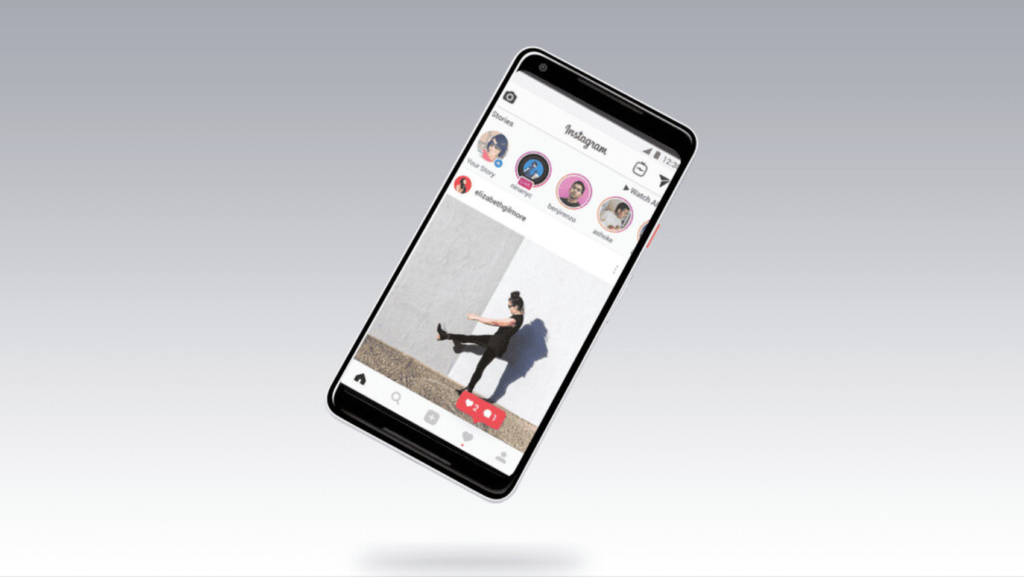Recent studies from GlobalWebIndex and Facebook have found that over a quarter of global users between the ages of 16-64 have turned to social networks during their online product research.
From the article “Social media is fast becoming your customers’ product research tool, so look beyond Google” from TheNextWeb.
The funny thing about young audiences is that, before too long, they’ll grow up to be the audience your business needs to stay alive.
Once millennials were bemoaned for disrupting the traditional status quo by preferring to do their own research online rather than talk to sales. But rather than millennials growing up and changing their habits, successful businesses changed their tactics and prioritized content marketing over direct sales. Now this is the new standard.
Gen Z has decided that the crowdsourced social proof on social media is a better arbiter of reputation and credibility than Google search, consumer review sites, or even good old fashioned word-of-mouth. As a result influencer marketing has become a phenomena “overnight” and brands are scrambling to capture share of mind and audience in this new world.
Right now it might look like this pivot is only happening to lifestyle brands on platforms like Instagram or TikTok but B2B trends tend to follow B2C patterns and we can’t expect the status quo to remain the same for much longer.
B2B marketers looking to position themselves for success as these trends migrate from consumer to enterprise markets need to observe what strategies B2C brands are trying, failing, and succeeding with in these early days of Gen Z’s growing influence.
Users expect to see products displayed in natural, realistic settings — and, most importantly, they expect it to be done beautifully.
Visuals are increasingly important as buyers want to see (and even experience) products ahead of purchase. This is fairly easy to achieve for SaaS companies, with free trials and so on, but doesn’t fit neatly into the complex procurement processes of enterprise buyers.
The CEO of Pinterest Ben Silbermann believes the future of search “will be about pictures rather than keywords”
Back-of-house technologies will struggle to adapt to marketing in visual-first channels like social media. Data has to be compiled and visualized through infographics, videos, and other marketing formats that haven’t historically been prioritized in B2B sales processes.
As you consider how to tackle these challenges for your enterprise, realize that the window of opportunity to get an edge on your competition is quickly closing.
…insights suggesting that Gen Z will become 40 percent of all consumers by next year.


